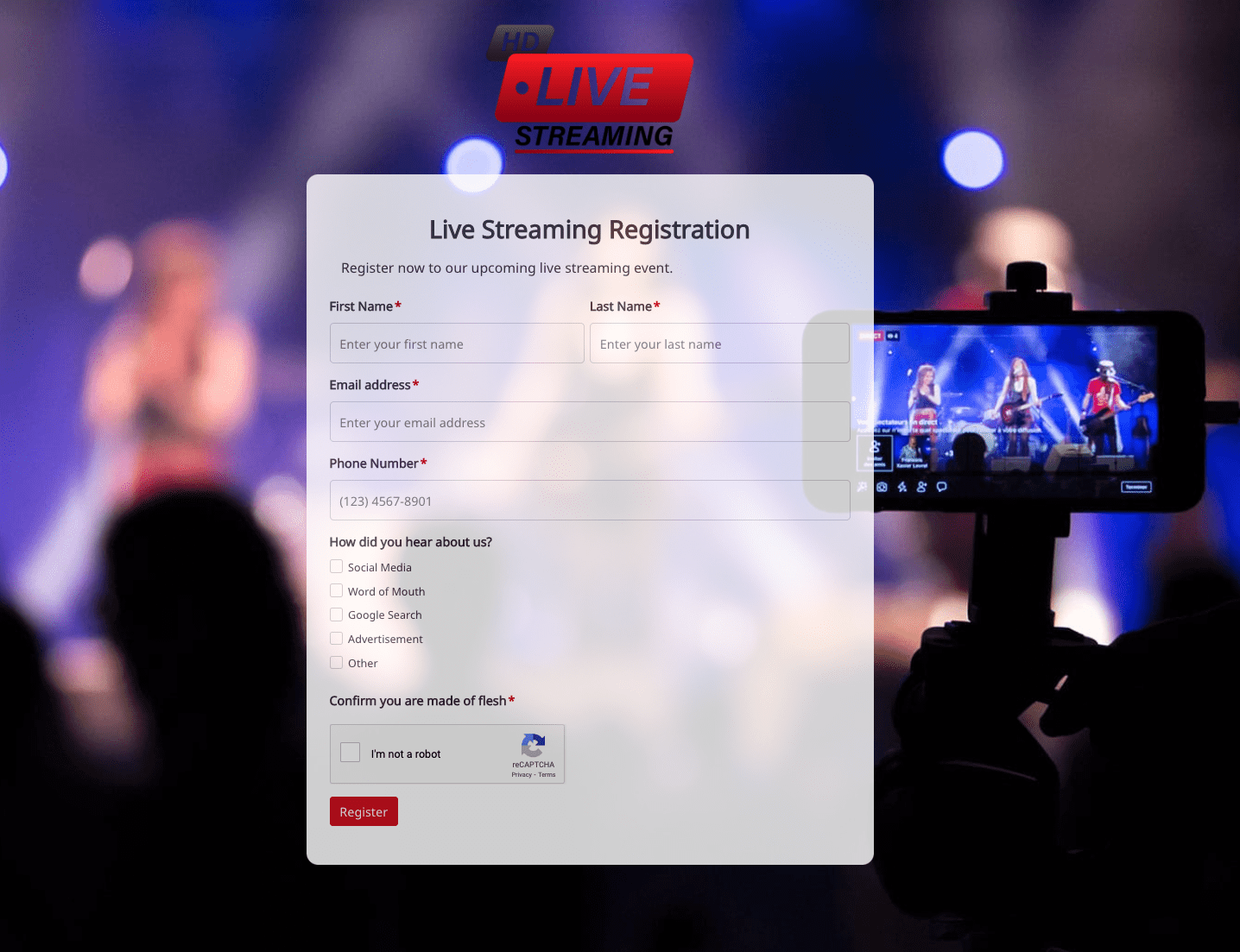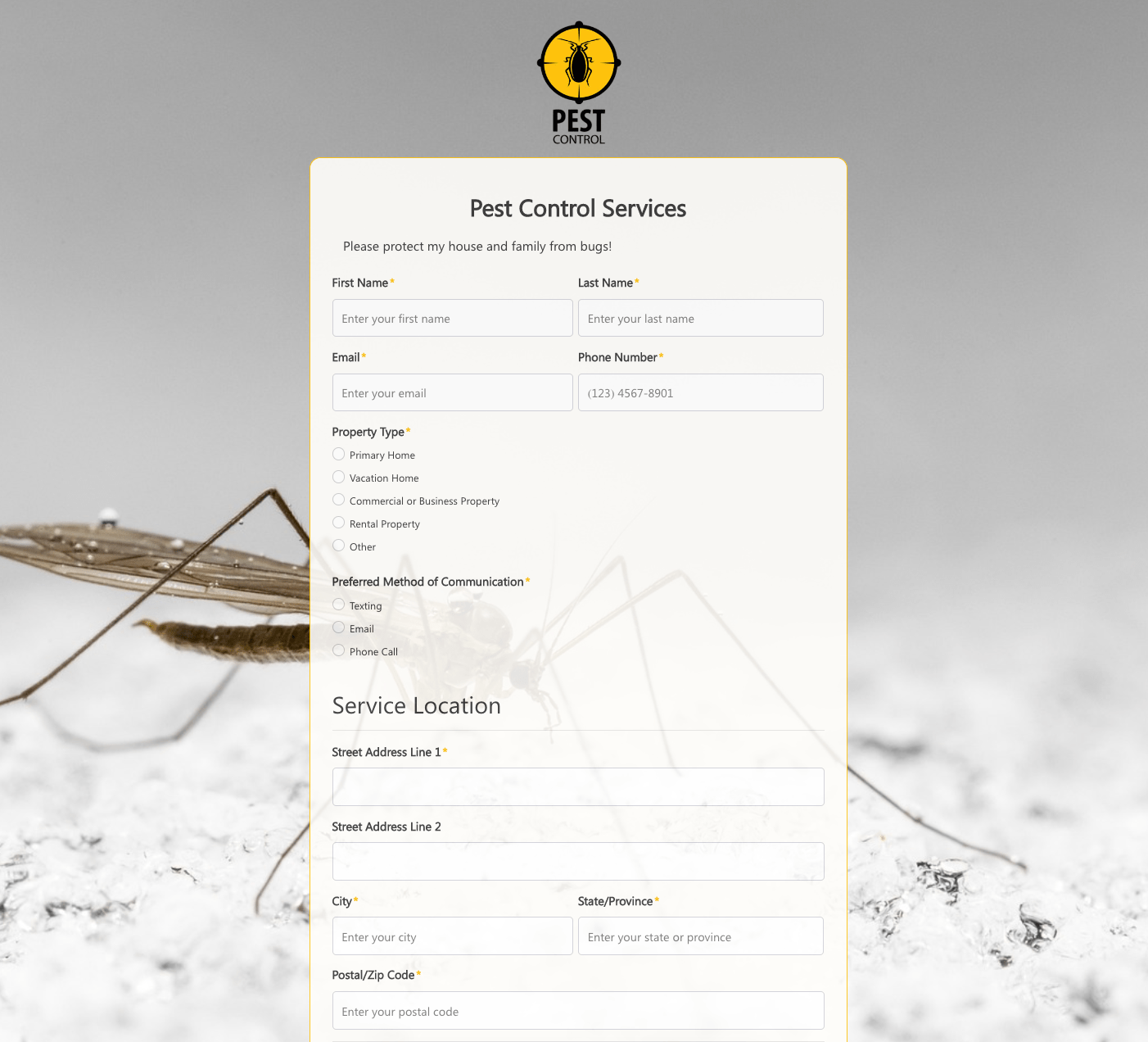Freelancers in creative industries face unique challenges. Working remotely means managing projects across time zones, ensuring clarity in communication, and delivering high-quality results without the benefit of face-to-face collaboration.
As the demand for creative freelancers grows, the tools that support their workflows must also evolve.
Annotation tools are stepping in to bridge the gap, revolutionizing how freelancers approach projects, interact with clients, and deliver exceptional outcomes.
An annotation website provides a platform where creatives can mark up designs, images, videos, or text documents in real-time. This functionality simplifies feedback loops, enhances collaboration, and ensures that freelancers and clients remain aligned on project goals.
Whether you’re a graphic designer, writer, or video editor, annotation tools can streamline your creative process and elevate your work.
Contents:
- Streamlining Client Feedback
- Enhancing Remote Collaboration
- Keeping Projets Organized
- Supporting Creative Iteration
- Building Stronger Client Relationships
- Adapting to Diverse Creative Needs
- Looking Ahead: The Future of Remote Creative Work
Conclusion

1. Streamlining Client Feedback

One of the most time-consuming aspects of freelance creative work is managing feedback from clients.
Traditional methods like email or lengthy calls can lead to miscommunication or vague instructions, causing unnecessary revisions and delays.
Annotation tools eliminate these issues by providing a direct and visual way to convey feedback.
For example, a client reviewing a draft design can use an annotation website to:
- Highlight areas that need adjustment
- Add comments
- Or suggest changes directly on the file
This clarity reduces guesswork, allowing freelancers to focus on making the necessary edits instead of deciphering feedback. The result? A faster turnaround and a happier client.
2. Enhancing Remote Collaboration

Freelancers often collaborate with clients or other creatives remotely.
Annotation tools enable seamless communication and collaboration by allowing multiple users to work on the same file simultaneously.
Writers can share drafts, graphic designers can upload mockups, and video editors can share timelines—all while collaborators add notes, suggestions, or approvals in real-time.
For example, a freelance video editor working on a marketing campaign can use an annotation website to share a rough cut with the client.
The client can pause the video, leave time-stamped comments, or point out specific frames for edits.
This immediate feedback enhances the collaborative process, ensuring the project stays on track and meets expectations.
3. Keeping Projets Organized
.jpg)
Managing multiple projects as a freelancer requires excellent organizational skills.
Annotation tools can help by centralizing feedback, revisions, and notes in one place.
Instead of juggling email threads or searching through chat messages, freelancers can access all project-related comments and annotations within a single platform.
This streamlined approach not only saves time but also reduces the risk of overlooking important details.
For freelancers juggling several clients, having a clear record of feedback ensures that nothing gets lost in translation, keeping projects moving smoothly.
4. Supporting Creative Iteration

Creative work is often iterative, requiring multiple drafts and refinements to achieve the final product. Annotation tools make this process more efficient by enabling quick edits and real-time discussions.
Freelancers can share initial concepts with clients, receive feedback directly on the work, and make adjustments immediately.
For instance, a freelance writer can upload an article draft to an annotation website, where the client highlights specific paragraphs or sentences for revision.
The writer can then refine the content based on precise feedback, reducing the back-and-forth typically associated with revisions.
5. Building Stronger Client Relationships
Freelancers thrive on building trust and maintaining strong client relationships.
Annotation tools play a crucial role in this by ensuring clear communication and demonstrating professionalism.
When clients see their input reflected in the final product through seamless collaboration, it reinforces their confidence in the freelancer’s abilities.

Using an annotation website also shows that a freelancer values efficiency and clarity.
Clients appreciate when their time is respected, and providing a platform for direct feedback ensures a smooth and positive working relationship.
6. Adapting to Diverse Creative Needs
Annotation tools are versatile, catering to a range of creative industries:
- Graphic designers can use them to mark up visual elements
- Content creators can edit scripts or storyboards
- And photographers can highlight areas for retouching
Regardless of the medium, these tools adapt to the unique demands of each project.
Freelancers who work across multiple disciplines will find that annotation websites simplify their workflows and help them deliver polished, professional results.
The adaptability of these tools makes them an invaluable asset for anyone working in the creative space.
7. Looking Ahead: The Future of Remote Creative Work
.jpg)
As remote work continues to gain traction, freelancers need tools that keep them connected and productive.
Annotation tools are shaping the future of creative collaboration, offering solutions that align with the evolving needs of the freelance workforce.
By integrating these tools into their workflows, freelancers can stay competitive and deliver exceptional results.
Conclusion
Annotation tools are revolutionizing remote creative work by enhancing communication, streamlining collaboration, and supporting iterative processes.
For freelancers, using an annotation website ensures that client feedback is clear, projects remain organized, and relationships are strengthened through seamless collaboration.
As the demand for remote creative work grows, annotation tools will continue to play a vital role in empowering freelancers to excel in their craft.
 Access Request Form
Access Request Form
 Afterparty RSVP Form
Afterparty RSVP Form
 Band Discovery Form
Band Discovery Form
 Book a room Form
Book a room Form
 Booking Enquiries Form
Booking Enquiries Form
 Brochure Mailing Form
Brochure Mailing Form
 Buy a Home Form
Buy a Home Form
 Catalog Request Form
Catalog Request Form
 Coach Lines Quote Form
Coach Lines Quote Form
 Contact Us Form
Contact Us Form
 Credit Application Form
Credit Application Form
 Drop me a line Form
Drop me a line Form
 Enquiry / Feedback Form
Enquiry / Feedback Form
 Got a question? Form
Got a question? Form
 Instant Quote Form
Instant Quote Form
 Job Application Form
Job Application Form
 Language & Literacy Lab Form
Language & Literacy Lab Form
 Live Streaming Registration Form
Live Streaming Registration Form
 More Information Form
More Information Form
 Order Exchange Form
Order Exchange Form
 Party Box Order Form
Party Box Order Form
 Pest Control Services Form
Pest Control Services Form
 Poll / Survey Form
Poll / Survey Form
 Receive Ebook Form
Receive Ebook Form
 Refinance Mortgage Form
Refinance Mortgage Form
 Remarks / Questions Form
Remarks / Questions Form
 Report Driver Form
Report Driver Form
 Retreat Information Form
Retreat Information Form
 Service Enquiry Form
Service Enquiry Form
 Skydiving Registration Form
Skydiving Registration Form
 Spare Part Enquiry Form
Spare Part Enquiry Form
 Staff Application Form
Staff Application Form
 Submission Form
Submission Form
 User Registration Form
User Registration Form
 Website Under Construction Form
Website Under Construction Form
 Wedding Photographer Form
Wedding Photographer Form
 Your Opinion Matters Form
Your Opinion Matters Form




.jpg)


.jpg)









.jpeg)


